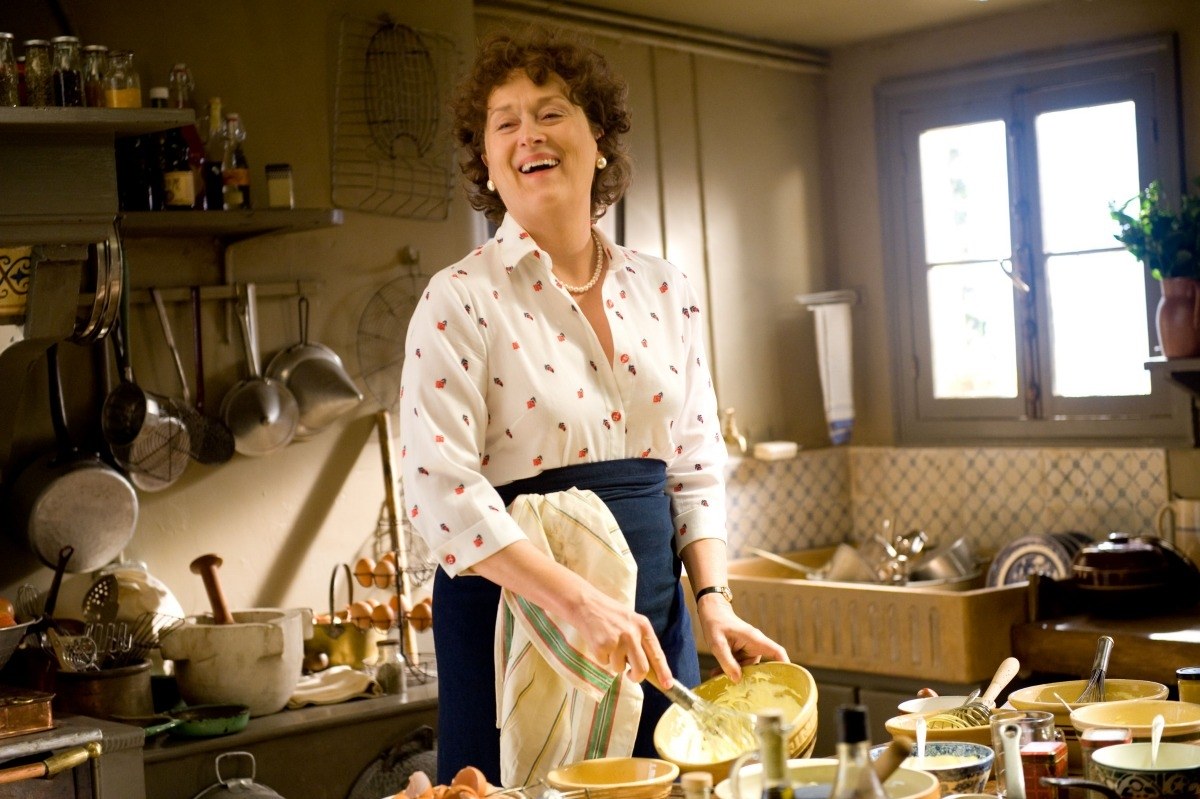For the first time in over 20 years, St Anne’s College is undertaking a full review of its investments.
Having begun the review last year, the college opened up the discussion to all members of college this week.
Both students and staff were invited to learn more about the nature and importance of the college investments in supporting college life.
St Anne’s is looking at two significant changes: Total Return and responsible investment.
The college recently joined the Responsible Investment Network, a network coordinated by the charity ShareAction to help with responsible investment.
The workshops, facilitated by ShareAction, explored how investment management works and recent developments in responsible investment, as well as the legal and regulatory constraints that apply.
Students and staff were encouraged to share their thoughts on how the college’s investments should be managed, what principles of responsible investment might apply, and how the college might involve third party managers to support its objectives.
Opening the session, the Treasurer of St Anne’s outlined the reasoning behind the Investment Review: “The world is moving in a particular direction… and I would like St Anne’s to be part of that movement.”
With over 50 per cent of all UK universities having divested from fossil fuels, this was a topic that was readily discussed, especially because of St Anne’s current links to BP and Shell.
With 11 per cent of income from Endowment Investment and 16 per cent from Endowment Investment Gains, a large portion of the college’s income is centred around investment.
As well as BP and Shell, the college has links to Lloyds Banking Group, Royal Bank of Scotland, and BAE systems.
John Ford, the Treasurer of St Anne’s told Cherwell: “The main goals of the college’s investments are to support our charitable purpose as an educational institution.
The main driver of the investment review was to ensure that our investments were sustainable from an income perspective to maintain this.
“The college is hoping to move from a pure income strategy, where it can only spend what income is produced by its underlying investments, to a total return strategy where some capital gain can be used as income. This change should make the college less reliant on dividends from certain industries, for example the oil & gas sector.
“It is therefore a great opportunity to introduce responsible investment into our overall strategy.
“The college recently joined the Responsible Investment Network- Universities (RINU) with a view to becoming a more actively engaged investor. We hope this will give us more impact in influencing company behaviour in areas such as climate change.
“The college is currently consulting students and staff on the proposed changes and hopes to complete the main changes by the summer.”
ShareAction, who facilitated the workshop, is a registered charity that promotes responsible investment, and aims to improve corporate behaviour on environmental, social and governance issues.
According to their website, Sha- reAction envisions “a world where ordinary savers and institutional investors work together to ensure our communities and environment are safe and sustainable for all.”
This drive for change comes after Balliol College announced its divestment from fossil fuel companies.
The college released a comment on Monday, saying that it planned to reduce its fossil fuel involvement “as far and as fast as practicable.”
The fifth college to announce a policy of divestment, Balliol follows St Hilda’s, Wadham, Wolfson and Oriel.



